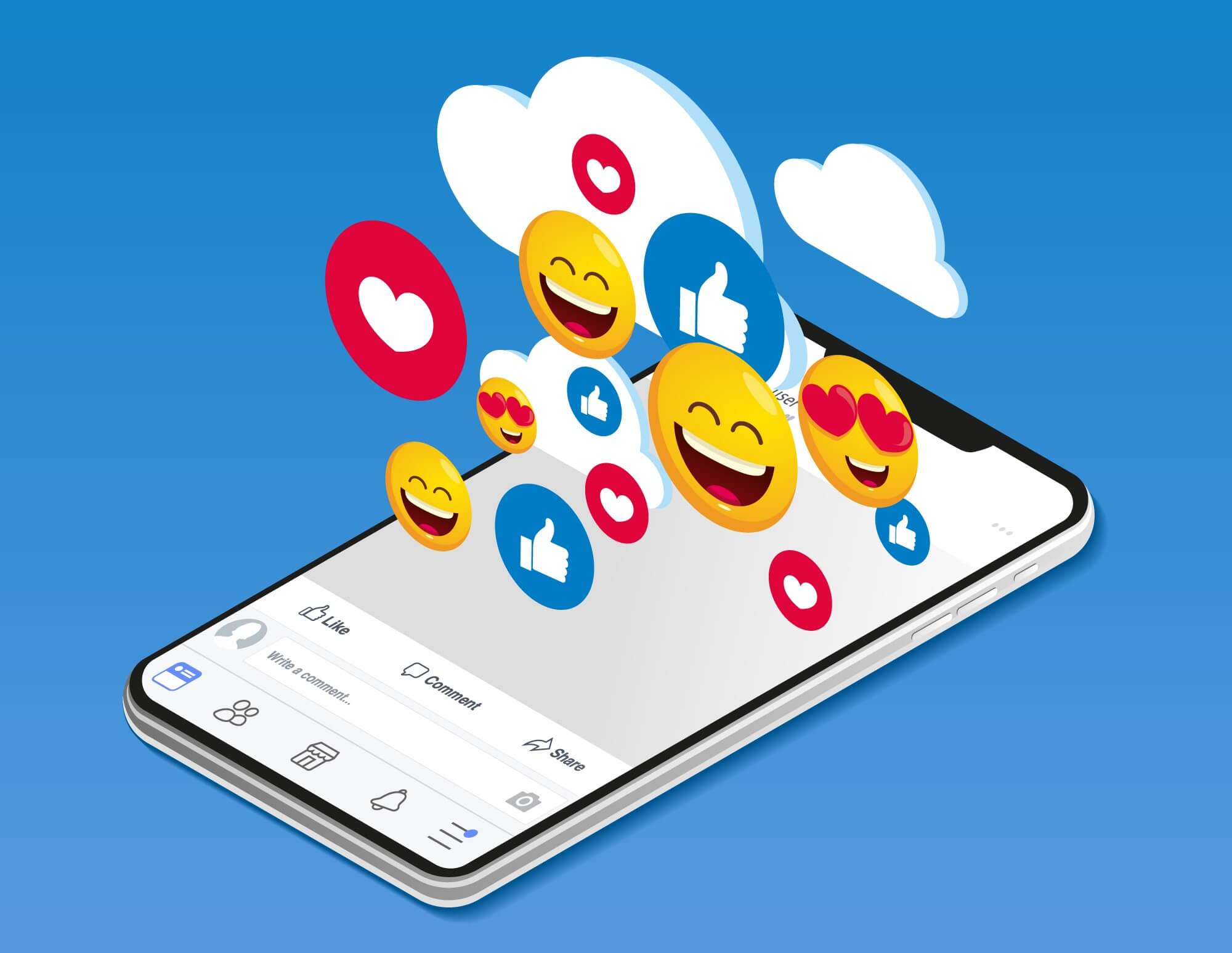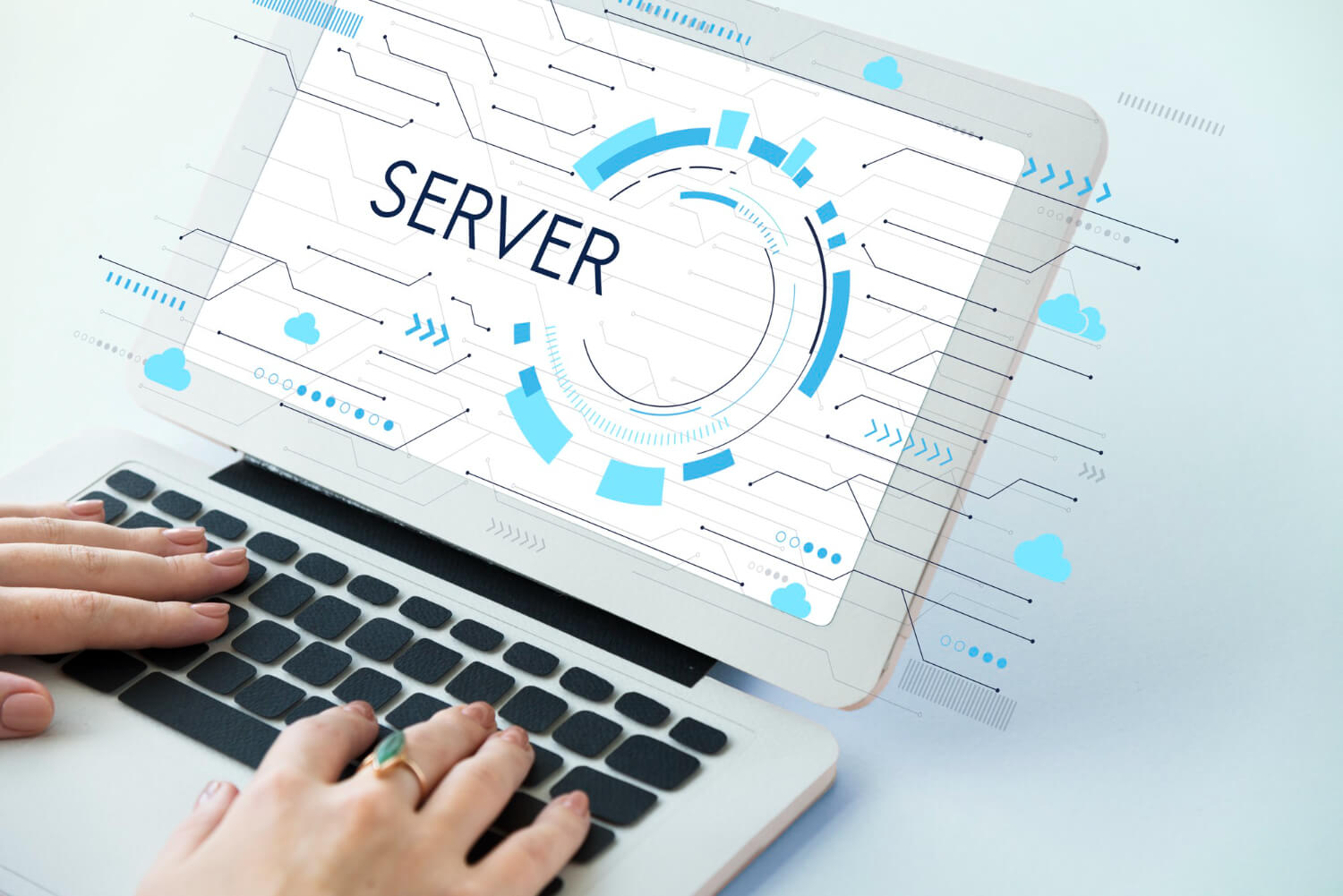Facebook Insight gives you all sorts of data about the activity on your business’ Facebook page, as well as information about how your page and posts are being shared. It helps you get a feel for how your brand is being discussed on Facebook and more.
Sales & Marketing/
Online Marketing
Red Bull implemented one of the best marketing campaigns of the decade so far through utilising social media to create incredible engagement with their customers.
A perspective on Microsoft’s engaging retail experience.
This post will feature eight of the top hosting providers for 2012. We will also include information on the features that help each site stand out above the rest.
Marketing a grand opening on a low budget is a challenge almost all local businesses face, but there are plenty of ways to do it effectively.
Today we'll give you some specific tactics that you can use with Twitter to help market your business.
With people connected to the internet and mobile devices more than ever before, businesses need to understand the importance of local search engine optimization.





